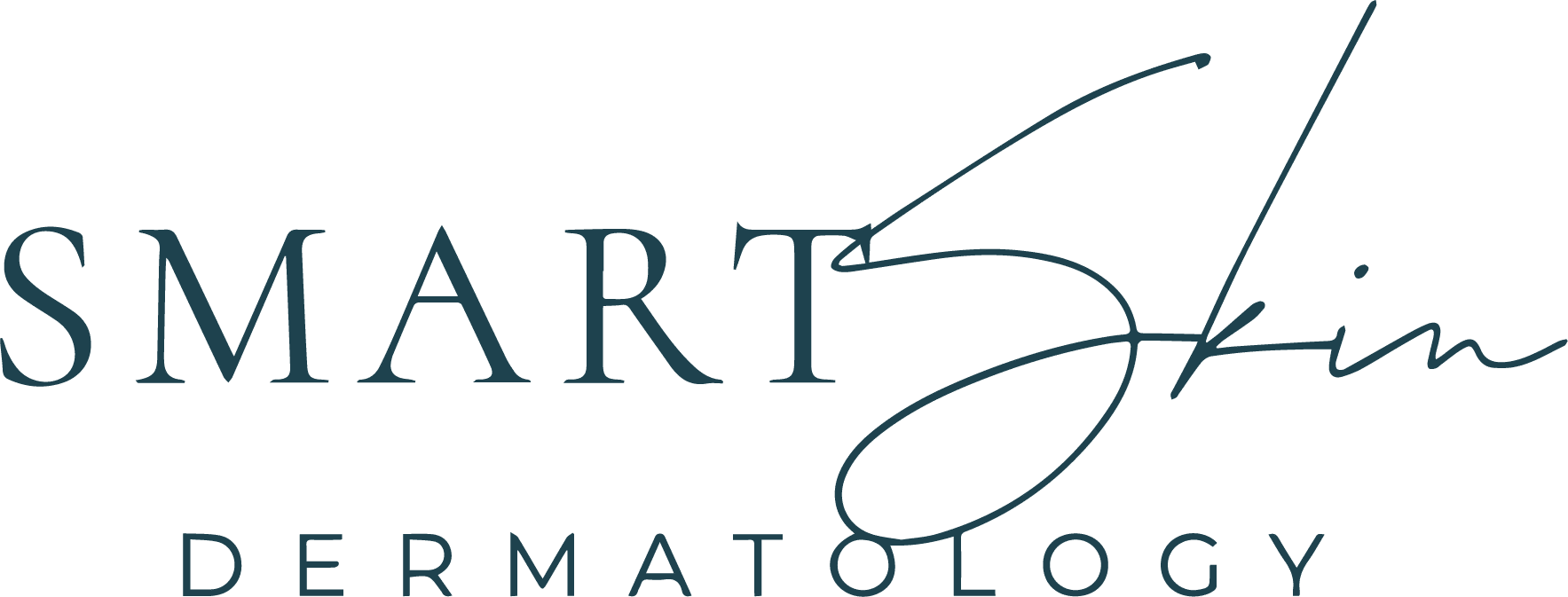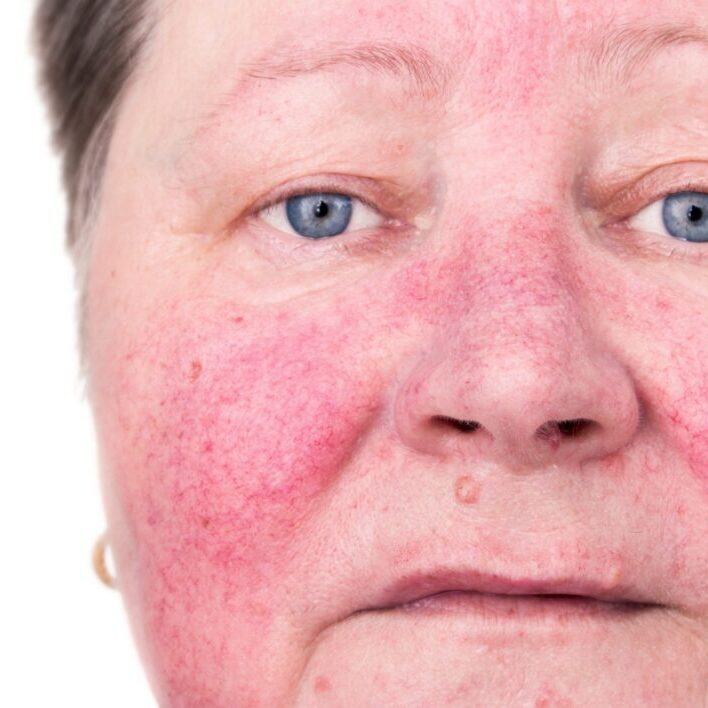
Pollution and Graceful Aging
[vc_row][vc_column][vc_column_text]Some people age gracefully, some do not. Why is that? The answer is quite complex, with genetics, personality, stress, environment, diet, and exercise all playing a likely role. A recent article in the Journal of Cosmetic Dermatology discusses the role of pollution in aging and skin health.
We’ve all heard stories of persons in rural areas across the world living for over a century robustly and in good health. Such observations have always incited speculation and investigation. These kinds of inquiries have led to multiple diet plans and health movements. But it makes sense on multiple levels that maybe avoiding pollution is also a key component to graceful aging.
Pollution, particularly pollution from various forms of combustion, creates nanoparticles and reactive oxygen species in the atmosphere. These are toxic in that they cause damage and mutations in various regions of each cell’s DNA.
A portion of DNA that directly correlates to aging is the telomere. Telomeres are pieces of DNA found on the end of chromosomes (a large unit of DNA) that are designed to protect the ends from degrading. The shorter the telomere gets, the older the cell is. And it is possible that this DNA damage predisposes the skin to premature aging.
Thankfully, there are many ways to help combat these effects such as healthy diets high in antioxidants and diligent sun protection. Also, there are many easy and noninvasive procedures that work nicely to correct and improve the signs of aging and damage. Chemical peels and a variety of laser and light treatments are quick and effective ways to cosmetically treat the signs of aging that combustible pollution and ultraviolet radiation can cause.
However, there is no treatment that works as well as prevention. And while avoiding pollution may be impractical for many and impossible for some, your skin will certainly thank you for trying.[/vc_column_text][/vc_column][/vc_row]






